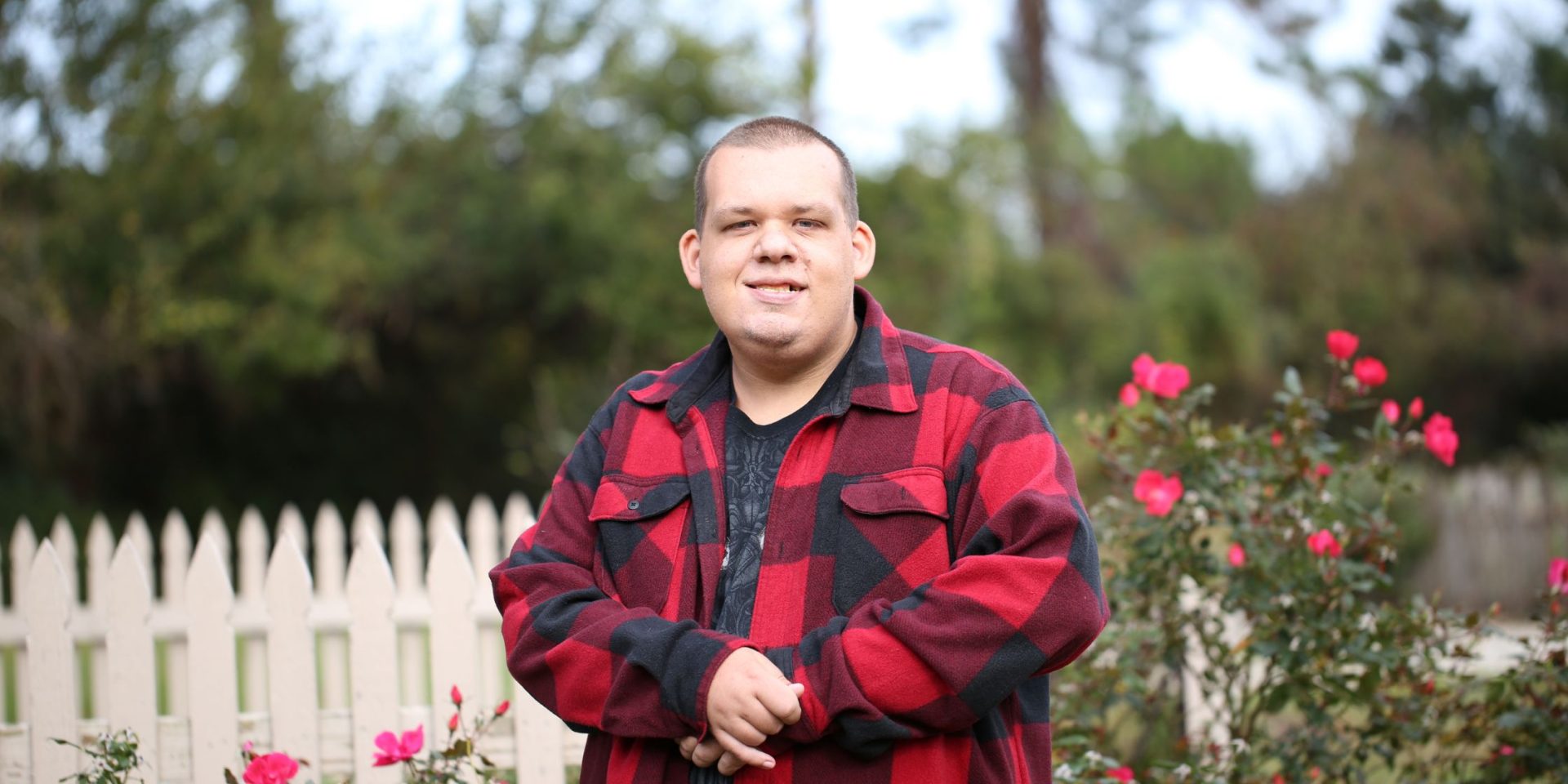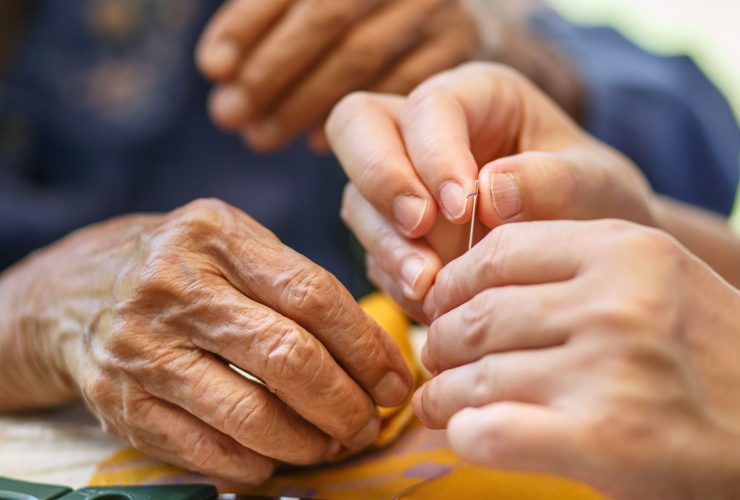Occupational Therapy in a Park Setting: A Client Story
As we continue to celebrate and recognise the impactful work of OTs throughout OT Week, today we’re sharing a story about occupational therapy in a park setting.
Jo’s experience as an OT is unique and spans continents, cultures, and clients of all ages and complexities. Her client story shows how OTs truly adapt their practice to meet the diverse needs of their clients.
Jo’s background & experience as an OT
Jo, a Senior OT with Adaptability Therapy, began her career in London, working across multiple settings, including hospitals and community care, gaining experience in neuro-rehabilitation and aged care services. After moving to Brisbane, she worked in private practice, focusing on veteran services. However, one of her most eye-opening experiences came when she moved to the Middle East, where occupational therapy was almost non-existent.
In Kuwait, Jo had to navigate cultural norms that didn’t prioritise independence or rehabilitation in the way Western models do. She found herself re-working OT principles to fit the local context. For example, while Western OT emphasises enabling clients to function independently, Jo had to adjust her approach to a culture that valued family care over individual autonomy. While in Kuwait Jo worked across the lifespan supporting both adults and children in various settings.
Why offer occupational therapy in a park setting?
Since her return to Australia, Jo now works in the home, community, and parks. Working in parks is a wonderful way for clients to access community easily. One client that stands out is a young adult with Autism Spectrum Disorder Level 3, intellectual disability, and unstable epilepsy.
Jo meets him in various settings, but parks have become an essential space for therapy. The park provides a calm, safe environment for him to engage with his surroundings, regulate his sensory needs, and reduce risky behaviours like approaching strangers too closely. Further, it provides many opportunities for practicing therapeutic intervention, behaviour management, and community access in subtle and calming ways. When timed to coincide with less busy times at the park, Jo works with her client’s rhythm and manages behaviours that may be triggered in other community settings. Working at a park also supports sensory regulation by way of space and movement by using swings and climbing frames.
Through these sessions, Jo gathers valuable information on what sensory stimuli help regulate him, such as the vestibular input, which helps him manage transitions and stressful situations.
The importance of working with a strong multi-disciplinary team
Jo doesn’t just work alone, her success in managing this client’s complex needs highlight the importance of a solid multi-disciplinary team (MDT). She collaborates closely with behaviour support practitioners, speech therapists, and support workers.
Together, they develop and implement strategies to regulate the client’s sensory needs, minimise challenging behaviours, and improve his daily function. The effectiveness of working in this nature relies heavily on the MDT and a strong team lead, who ensures that everyone is aligned in the client’s tailored plan through excellent communication and management of stakeholders.
As Jo reflected on her OT experience across cultures and complexities, she stressed the importance of adaptability and teamwork. Regardless of setting, her dedication to understanding her clients’ needs and the environments they live in has made a real impact on those she supports.
Sharing more occupational therapy stories during OT Week!
Stay tuned as we continue to share more stories showcasing how OTs make a difference in people’s lives in various settings – from home, parks, schools, and beyond.
If you’re looking for occupational therapy in a park setting, reach out to our team:


